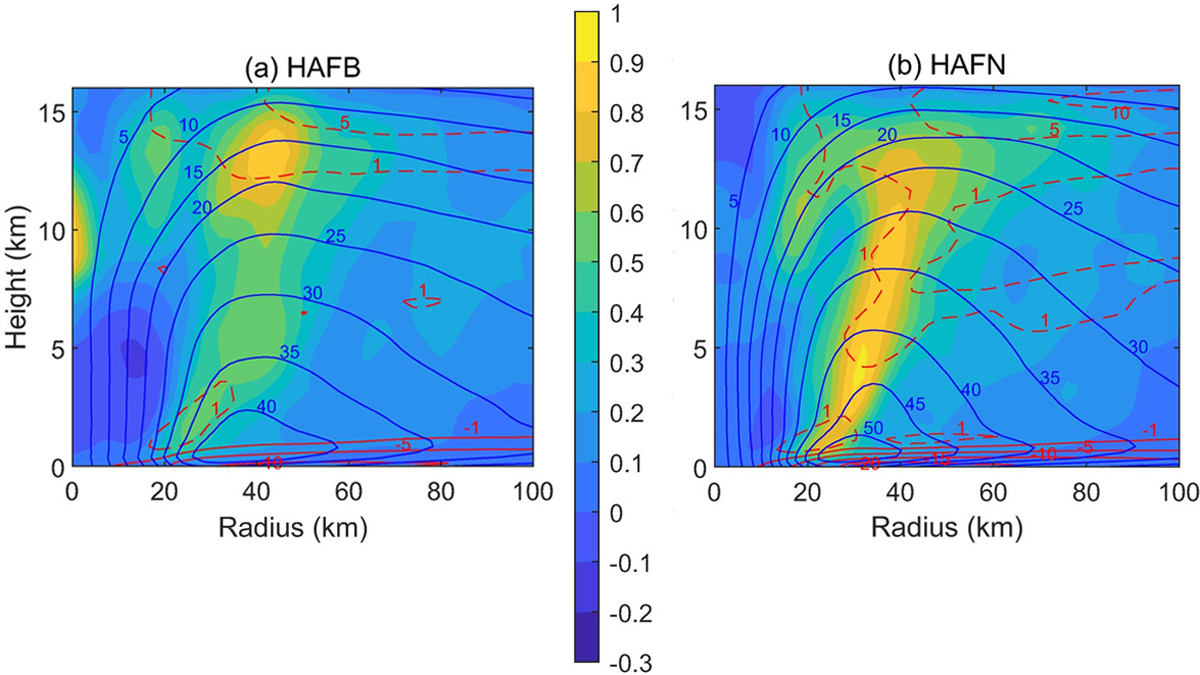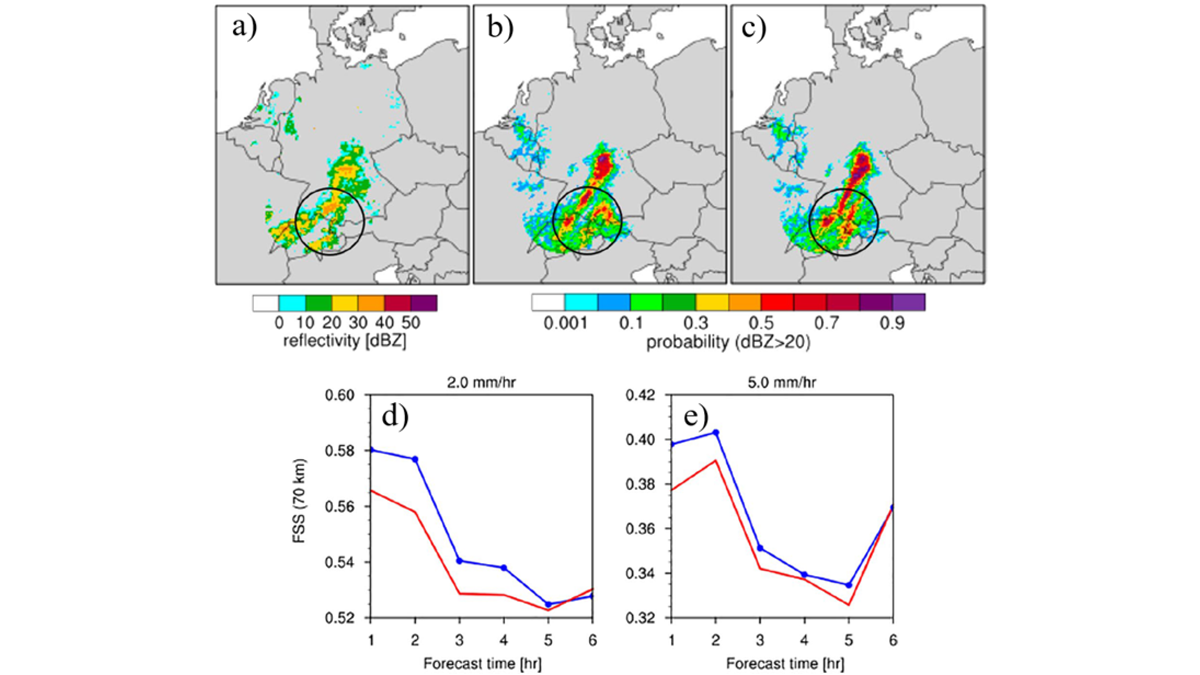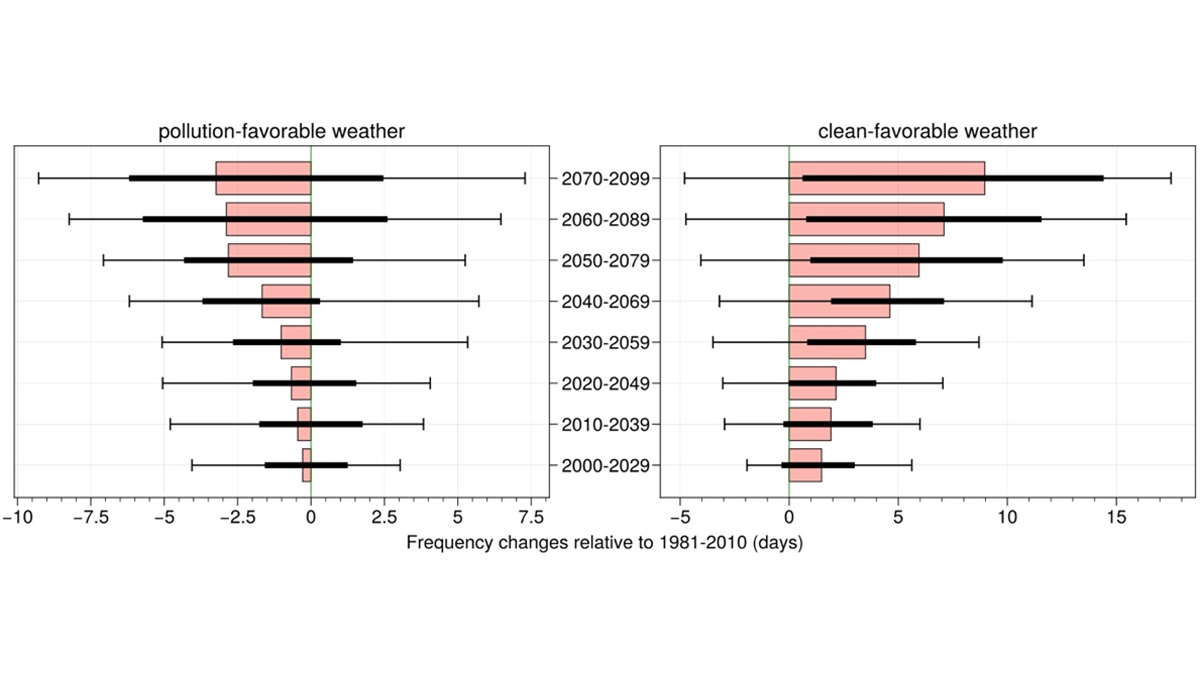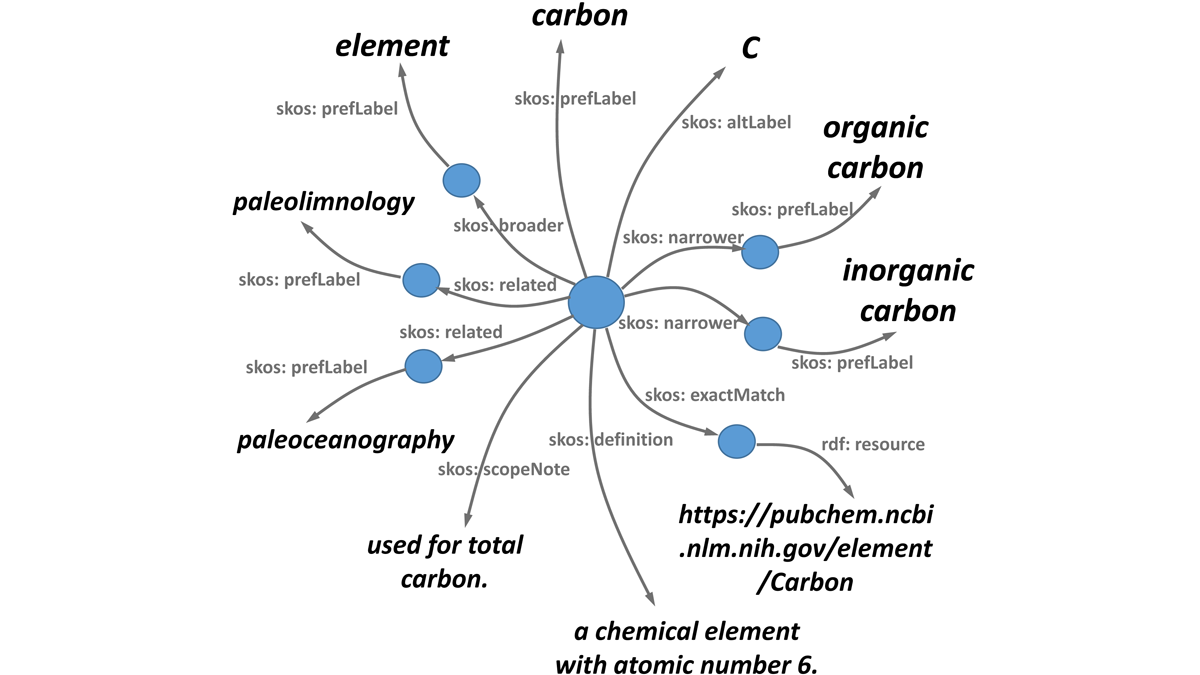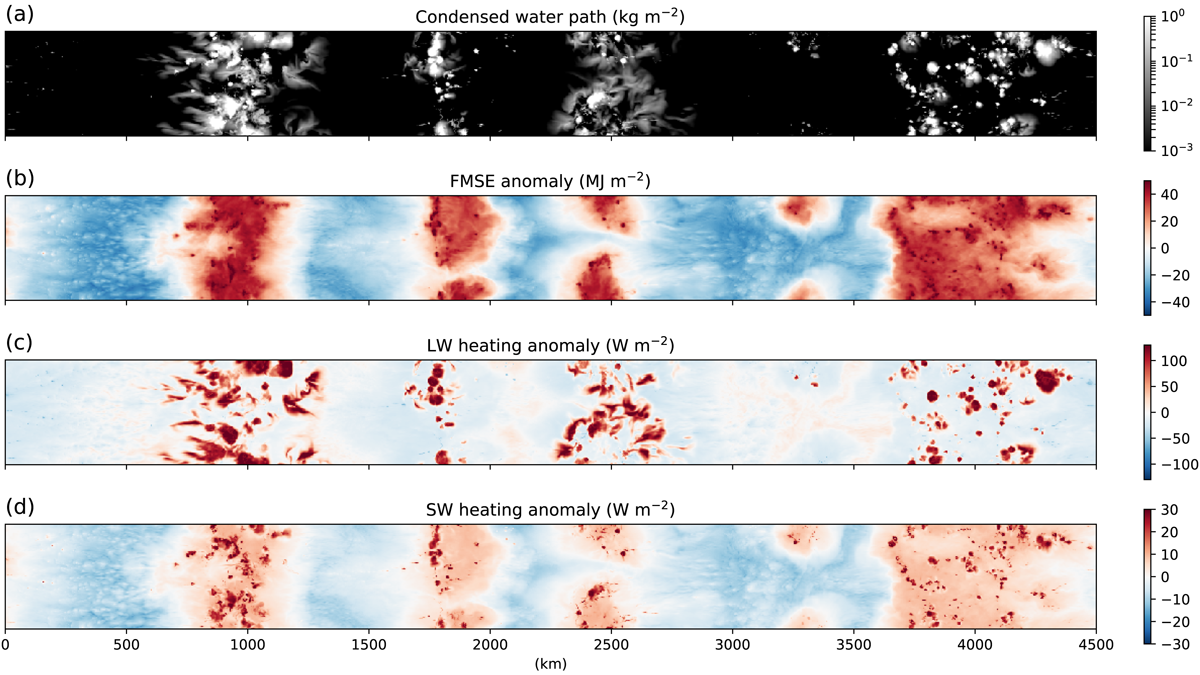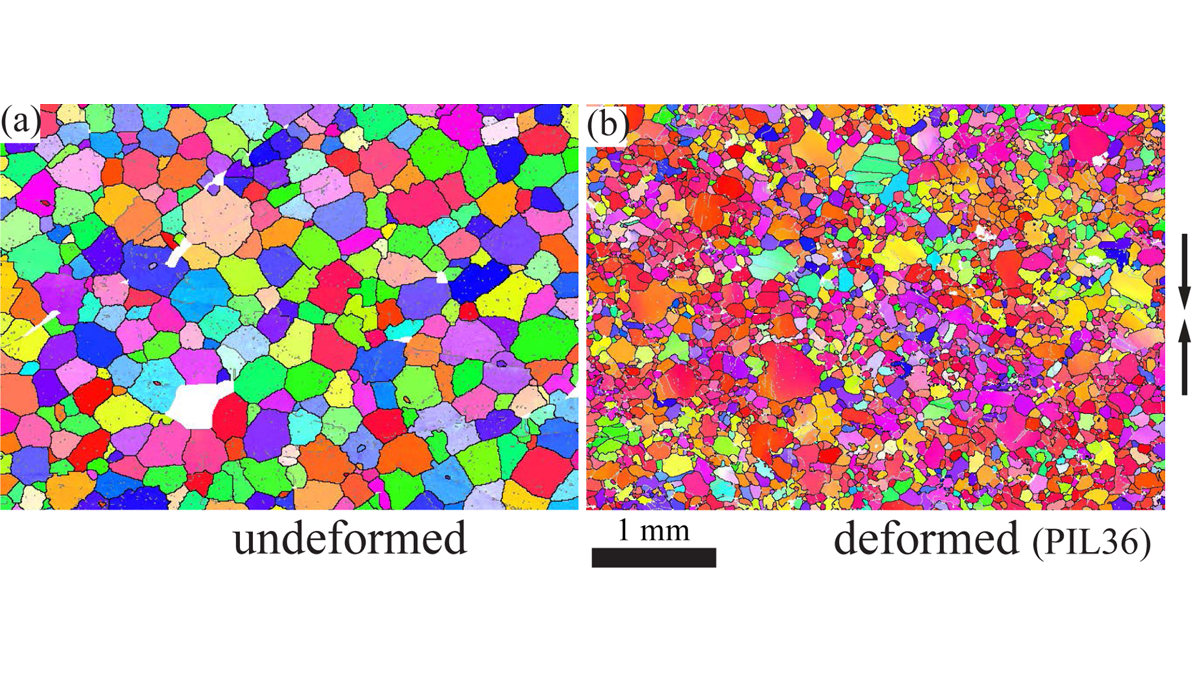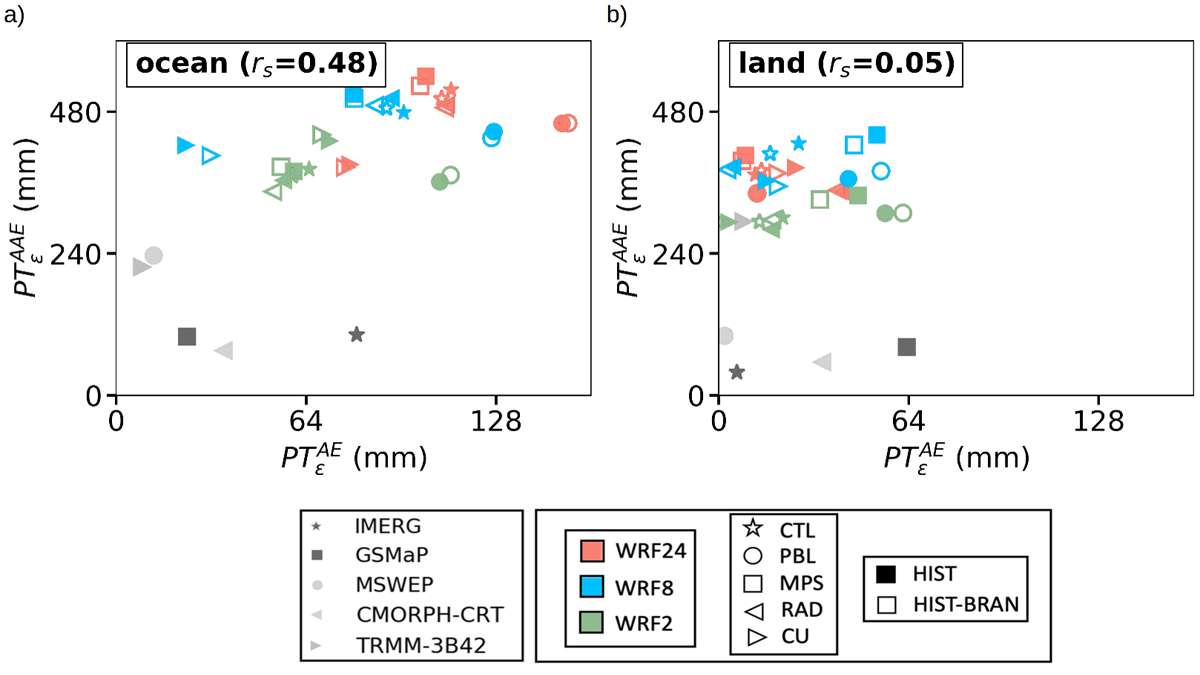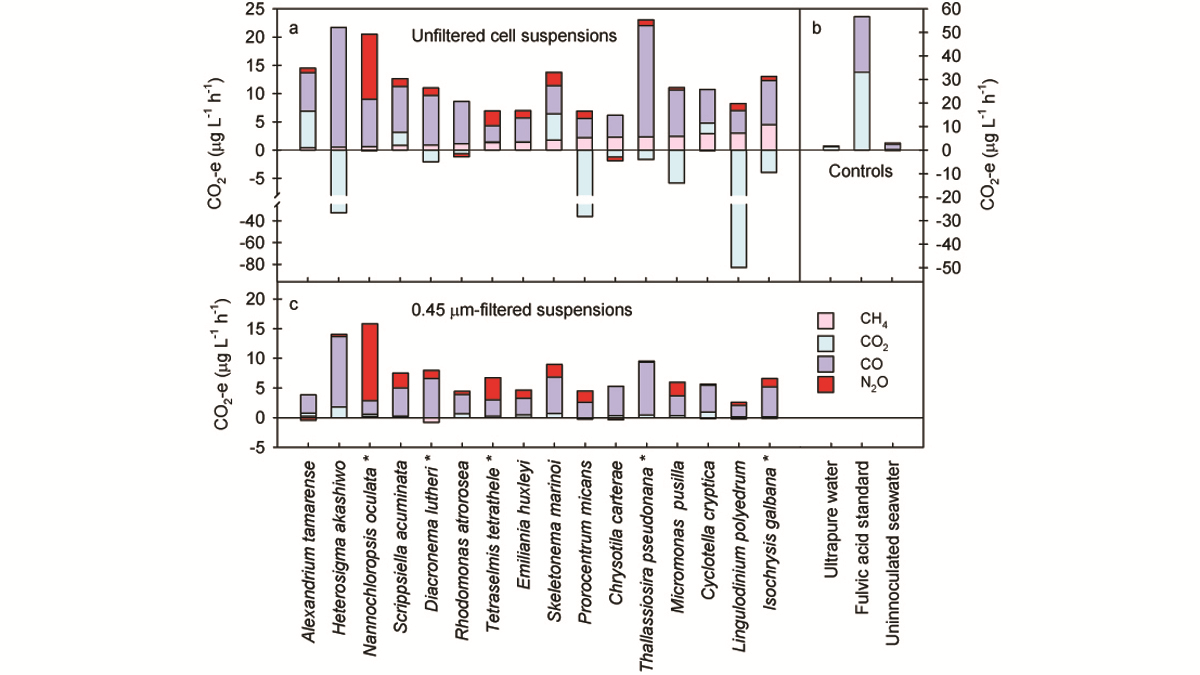A new look at turbulent processes has improved the prediction of hurricane rapid intensification by properly accounting for the unique environment of a hurricane eyewall.
Editors’ Highlights
A New Way to Represent Microphysical Uncertainty
A new way of representing microphysical uncertainty in convective-scale data assimilation reduces biases in model states and improves the accuracy of short-term precipitation forecasts.
Reduced Winter PM2.5 in Northern India Under Global Warming
Global warming is projected to alleviate PM2.5 pollution in Delhi by decreasing pollution-favorable weather days and increasing clean-favorable weather days.
Finding the Right Words: A Common Language for Data Deposition
Discovering climate signals in the archives: how using a common language for data deposition ensures your data are found, understood and cited.
ICESat-2 Adds Estimates of Sea Level Trends to Accomplishments
The high spatial resolution and high orbit of ICESat-2 make it suited for measuring sea level close to the coast and in the polar regions, filling a gap in our sea level observational system.
Importance of High Clouds and Moisture in Rainstorm Aggregation
A study of the impacts of radiative interactions with different cloud types on aggregation of rainstorms finds that interactions with high-clouds and water vapor are key.
AeroCom Models Improved with Aerosol and Albedo Constraints
Satellite data has been used to correct the aerosol loading and land surface albedo in several AeroCom models, which has improved shortwave flux biases between models and observations.
Ice on a Deadline: More Stress Makes Ice Move Faster
Anyone seeing photographs of glacier and ice sheets from above clearly sees that they flow; recent laboratory tests on ice further reveal the conditions that control just how fast this happens.
Uncovering Hidden Errors in Simulated Precipitation
New metrics used to quantify errors in precipitation show that convection permitting simulations outperform coarser resolution simulations.
Phytoplankton as Emitters of Greenhouse Gases
Phytoplankton remove carbon dioxide from the atmosphere; a new study reveals that marine phytoplankton can also produce greenhouse gases when exposed to ultraviolet radiation.

